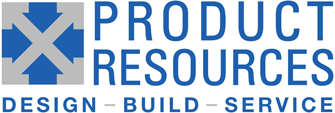Manufacturing Process Design goes together with Product Design. It is important to the success of your product launch because without the attention to HOW the product is built, the product design cannot be achieved.
It is interesting to listen to some design engineers talk about the product they designed and how they put it together. Imagine getting directions in an unfamiliar town and hearing the words “you can’t miss it!” Of course you can’t miss it if you know where it is! The reason people like Google Maps is that they stop assuming it’s easy and give detailed directions (even if they’re wrong).
Documenting the details about the assembly of a product is not trivial and sometimes it is better to have someone unfamiliar with the design participate in the generation of the documentation, just to ask the questions that are too obvious or offer a fresh perspective on the process development.
It isn’t difficult to build a product once. The trick is to build the product a thousand times and have each of them look and perform the same. Good design removes ambiguity by proper tolerancing and using techniques to make sure the product cannot be assembled incorrectly. Use appropriate testing to be sure the product cannot ship without passing all functional and performance parameters.
This chapter is divided into sections on:
- Principles of Design for Manufacturing and Assembly (DFM)
- Assembly Process Design which describes how and why the assembly processes are determined.
- Developing the Routing. The “routing” is a combination of the Bill of Material and the process flow.
- PFMEA – Process Failure Mode and Effects Analysis – this is a tool for quantifying the risk in the manufacturing process to help determine process control points.
- Test / Reporting Process – this section describes the design of the testing processes and results reporting.
- DHF Design – this section describes how we determine the information that needs to be kept with the record for each unit produced.
- V&V – this section describes how we review and test the manufacturing processes and fixtures to show that they are adequate for the product being built.
